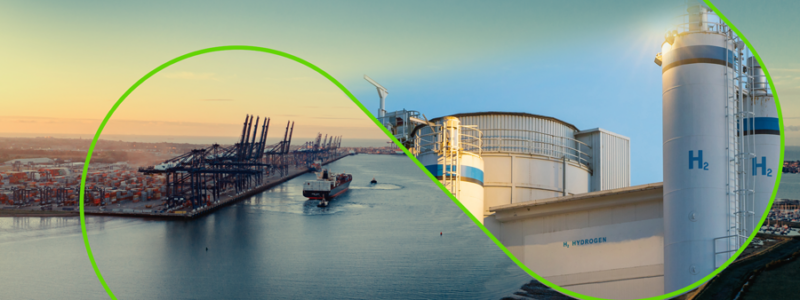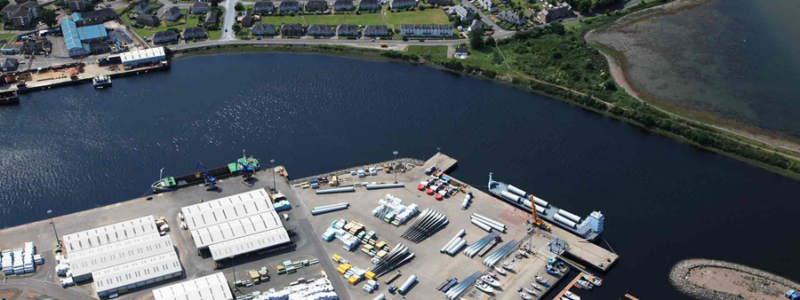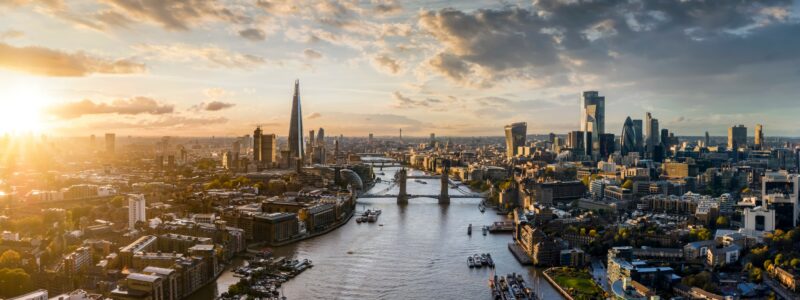Freeport case study: Supporting a UK-wide green industrial transition
Freeports have emerged as a strategic tool designed to help regions with a proud industrial heritage to rediscover their economic potential by embracing the green sectors of the future.

This case study highlights how Freeports will drive green industrialisation across the UK.
- Green industrial clusters : Freeports across the UK serve as dynamic green industrial clusters, uniting strategic locations, robust infrastructure, leading businesses, and powerful financial incentives. This collaboration brings the UK’s cutting-edge research and education sectors into the mix, fuelling the green revolution.
- Unlocking geographic strengths: Freeports capitalise on unique geographic advantages, incorporating existing and future infrastructure capacity, and local knowledge centres.
- Developing local green skills: Freeports are nurturing local skills in vital sectors like energy, transport, and logistics, ensuring a workforce prepared for the green transition.

Celtic Freeport: Celtic Freeport brings together Wales’s largest port in Milford Haven and one of the UK’s largest heavy clusters in Port Talbot. Leveraging local knowledge centres, cutting-edge port infrastructure, and marine industry expertise, this Freeport will focus on supporting the offshore wind industry. Projections suggest that this initiative will create 16,000 new jobs and attract £5.5 billion in new investments.
Inverness and Cromarty Firth Green Freeport: Situated strategically on the North Sea coast, Inverness and Cromarty Firth Green Freeport leverages its historical role in the North Sea hydrocarbon economy. With its extensive infrastructure facilities and a well-established local skills base, this Green Freeport is now dedicated to supporting the decarbonisation of Scotland, and the wider UK, by contributing to offshore wind asset construction and operations. This shift aims to create up to 25,000 jobs.
Thames Freeport: The Port of Tilbury exemplifies the essence of the Freeports program – collaboration between European, Japanese, and UK energy and port infrastructure. It is currently pioneering a 10MW green hydrogen plant, aligning with the UK’s hydrogen strategy. This project aims to decarbonise port equipment, delivering innovative solutions to reduce carbon emissions for London’s port and its surrounding industries.

Freeports are not just a concept. They are a driving force behind the green industrialisation of the UK. By harnessing local strengths, infrastructure, and skills, Freeports are reshaping the economic landscape, reinvigorating regions, and creating new opportunities.